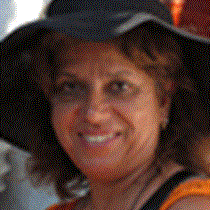At Sea/Skyros, Greece
After a glorious morning of sailing, we approached Skyros from the southwest. We disembarked by tender at the port of Linaria and drove across the island to Chora, the main village.
Skyros is where Aegeus, the mythical king of Athens, originated from, and where his son Theseus died. The best myth related to this “undiscovered” island is that this is where Achilles hid “under cover” to avoid joining the expedition to Troy.
Like most island capitals, the Chora is concealed from view. Hiding under the “kastro”, we discovered a charming community with white-washed houses and beautiful people. Stella and Sophia led us through the town; our ultimate destinations were Brooks Square and the folk art museum. Rupert Brook was a young English poet who died on a French hospital ship that was heading for Gallipoli in 1915. He was buried on the island and the epitaph says:
You lived as the beloved
of the Graces and the Muses.
And now you died
willingly for freedom . . .
A society of poets from Athens were so inspired by this young poet’s death that they erected his statue in 1930.
Housed in a traditional-style house, the Folk Art Museum gave us a sense of all the different aspects of art this charming island had created: wood-carved furniture, embroidery, pottery, and many more.
As we retraced our steps through the village, we made a brief stop at Sarros Square, where we were welcomed by a joyful group of local ladies. They treated us to local cheese, honey and bread. They refreshed us with a local drink and we experienced true Greek hospitality at its very best. They presented us with an aromatic bouquet of local herbs – bay leaves, rosemary and sage – and fall-blooming cyclamen. We left the village full of the warmth of its wonderful people.




